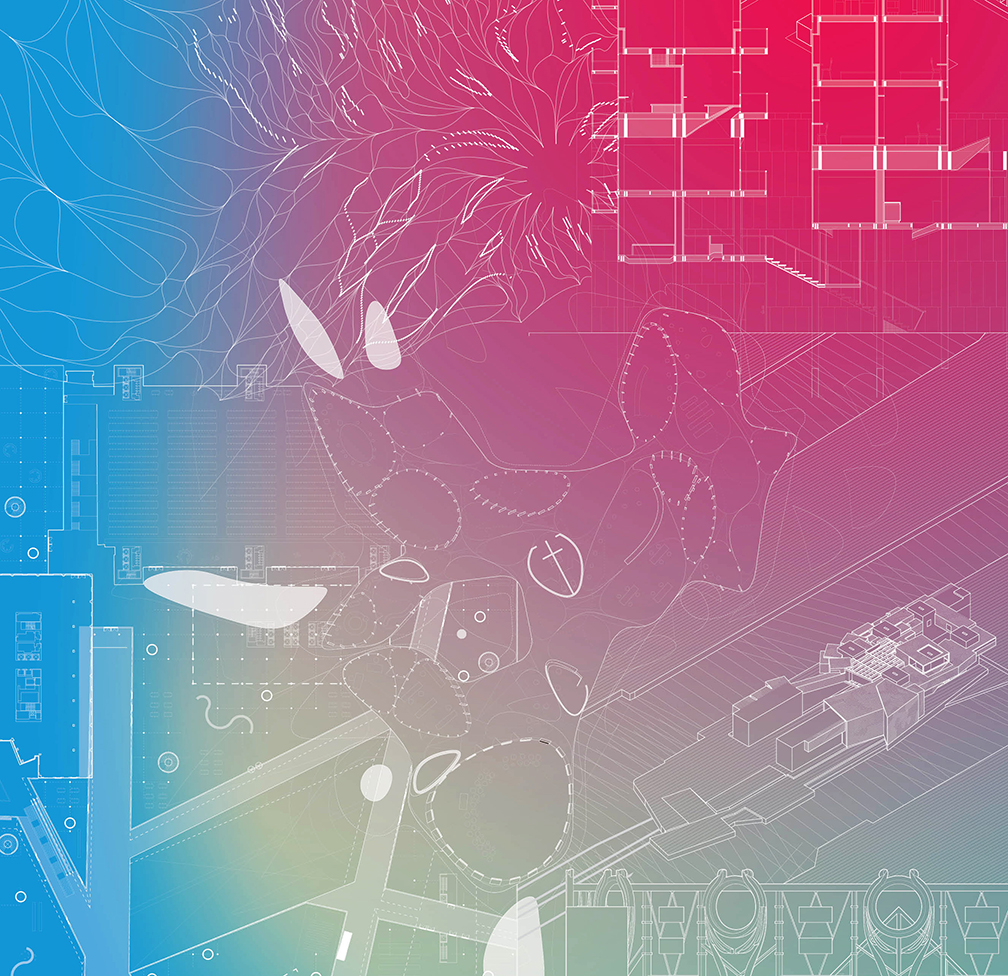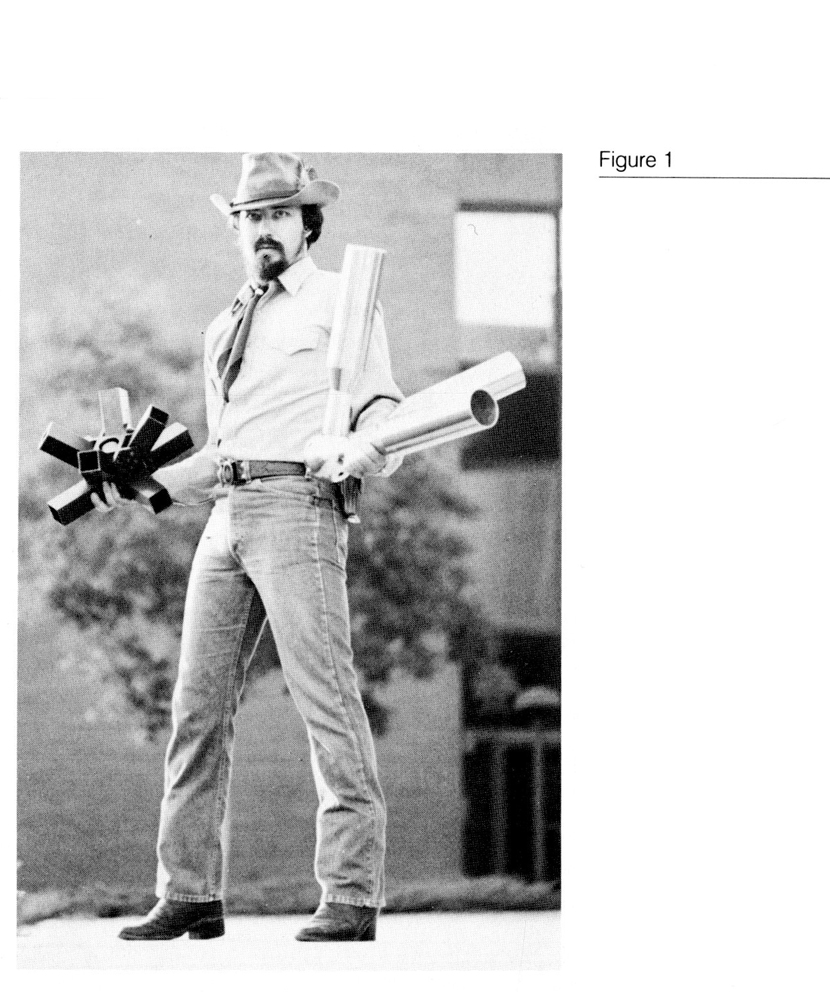I’m not sure I have anything novel to say about architecture, so this blog was also started with the idea that I would be translating a lot of Russian articles into English, reporting on Russian architecture. Unfortunately, I ended up in DC and the mission had to change. I found two issues to discuss: urban planning and Tenleytown.
I’m particularly proud of the latter, which started out as research for a redesign of the Fort Drive area I was going to use to get into grad school. That never happened, but I feel like I the study drawings helped me understand some pretty important characteristics of cities.
So after 5 years and 18% of my life online, people have thought my thoughts were worth hearing 83,808 times. 2012 was my busiest year. June 2013 edges out a few other times as the busiest month, brought on by Terry McAuliffe’s use of my fantasy metro map in a political ad.
On a related note, that map is the single busiest post on the blog. Other sources of traffic, in order:
- A discussion of why the figure-ground “Nolli Map” doesn’t describe Tenleytown.
- Image searches for Richard Neutra’s Brown House in Forest Hills.
- The poorly thought through but radical McMillan Two project.
- The discovery of United States Bike Routes.
- Precedents for an Anacostia footbridge.
- The Soviet Pavilion built for the 1939 World’s Fair, which got linked by the New York Times.
- That time when I tried to make “Tobago” happen.
- Image searches for a horrendous graph made for Delaware’s ARRA application.
- My attempt to describe Forest Glen Seminary.
It’s interesting to me that these aren’t really my favorite posts and definitely not my best writing. That’s kind of what I was looking for when I started writing: an open journal that shows all of the mistakes made when trying to make sense of things.
Thanks for reading.

